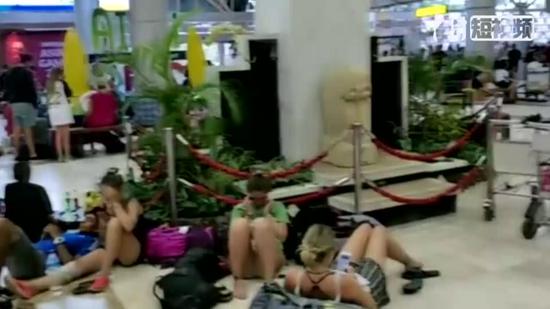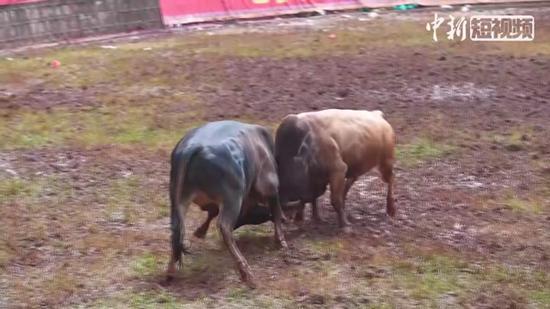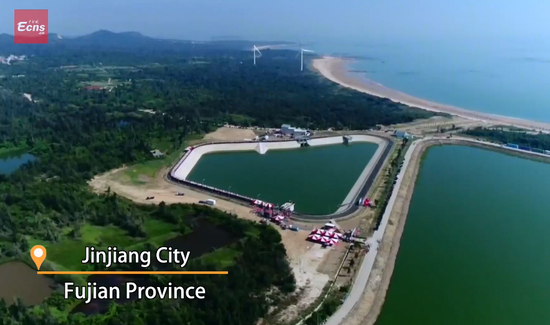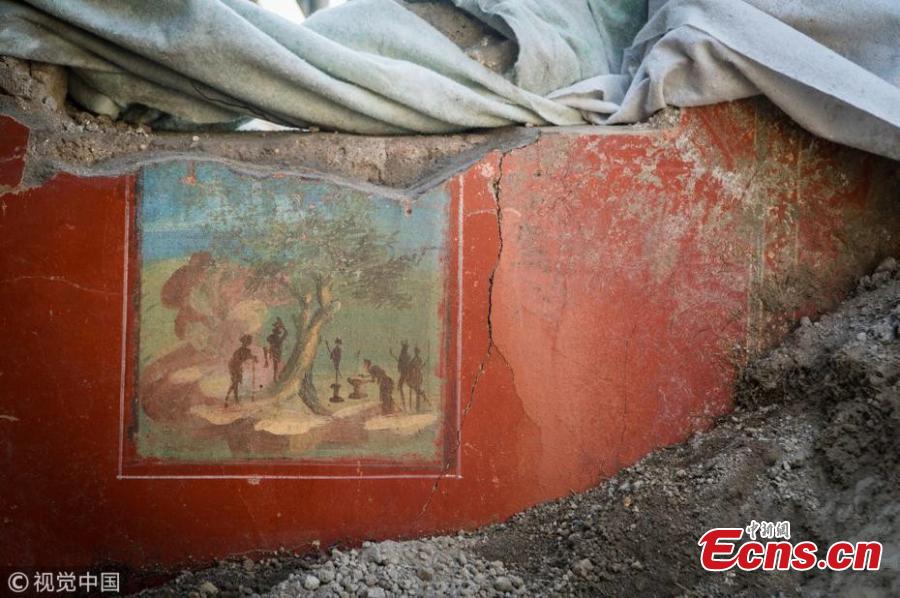
View of excavations in Pompeii, Italy, Aug. 3, 2018. Ongoing excavations have revealed new findings in Regio V at the ancient Roman city of Pompeii that was buried by ash and rock following the volcanic eruption of Mount Vesuvius in 79 AD. During the conservation works new remains were uncovered at a domus (private house), the so-called House of Jupiter (Casa di Giove), that was already partly excavated between the 18th and 19th centuries, with frescoes, objects and traces of everyday life. The domus, believed to belong to a wealthy and educated man, presents decorations in first Roman style (primo stile pompeiano). (Photo/VCG)
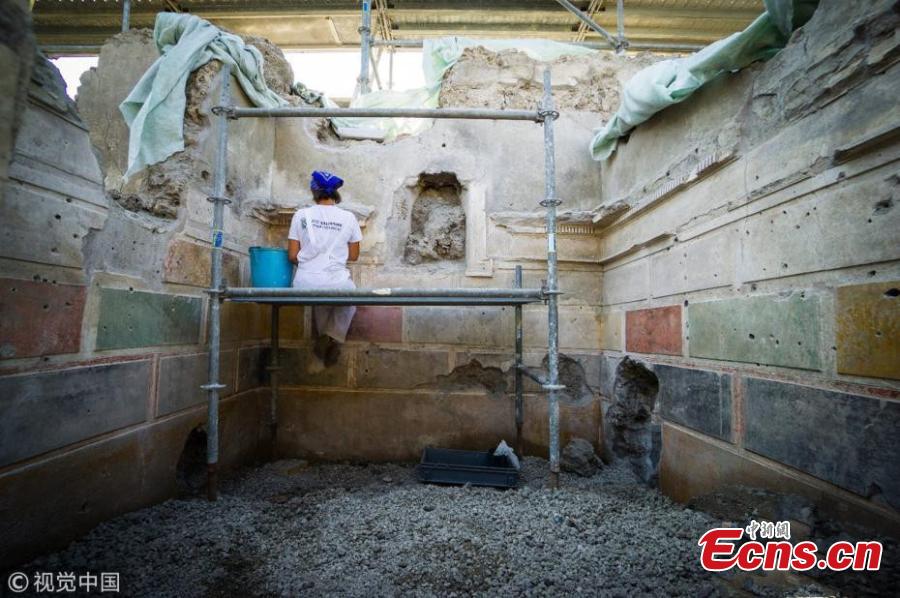
An archaeologist at work during excavations in Pompeii, Italy, Aug. 3, 2018. Ongoing excavations have revealed new findings in Regio V at the ancient Roman city of Pompeii that was buried by ash and rock following the volcanic eruption of Mount Vesuvius in 79 AD. During the conservation works new remains were uncovered at a domus (private house), the so-called House of Jupiter (Casa di Giove), that was already partly excavated between the 18th and 19th centuries, with frescoes, objects and traces of everyday life. The domus, believed to belong to a wealthy and educated man, presents decorations in first Roman style (primo stile pompeiano). (Photo/VCG)
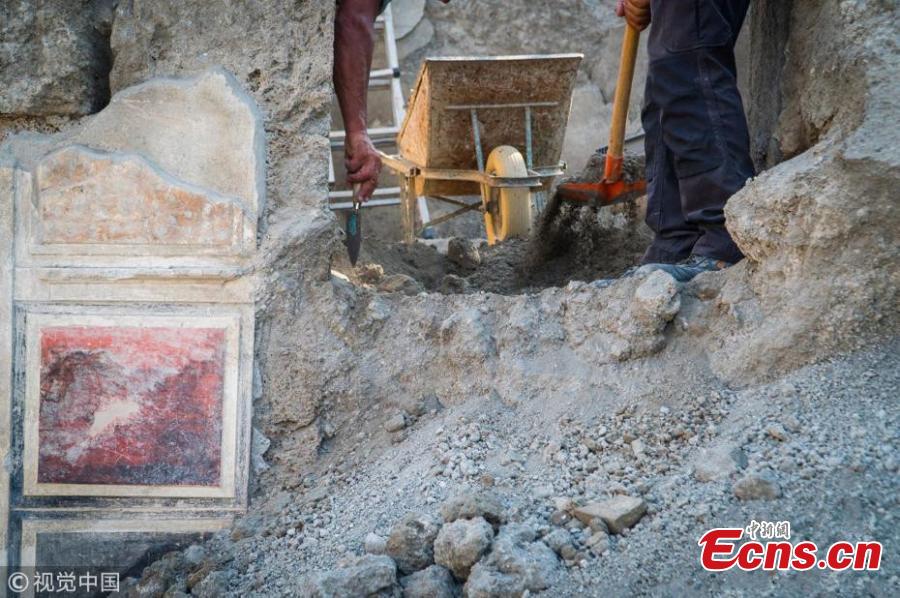
Archaeologists at work during excavations in the Regio V area at the Pompeii archaeological site, near Naples, southern Italy, Aug. 3, 2018. Ongoing excavations have revealed new findings in Regio V at the ancient Roman city of Pompeii that was buried by ash and rock following the volcanic eruption of Mount Vesuvius in 79 AD. During the conservation works new remains were uncovered at a domus (private house), the so-called House of Jupiter (Casa di Giove), that was already partly excavated between the 18th and 19th centuries, with frescoes, objects and traces of everyday life. The domus, believed to belong to a wealthy and educated man, presents decorations in first Roman style (primo stile pompeiano). (Photo/VCG)




















